Can both asynchronous motors and synchronous motors start by themselves?
Starting is a key performance of motor products. The starting performance of synchronous motors is different from that of asynchronous motors. Asynchronous motors can start automatically after being powered on, but different starting states and working conditions have different requirements for the starting performance of motors. So can synchronous motors start automatically? This is a question raised by a netizen. Today we will have a simple discussion with you on this issue.
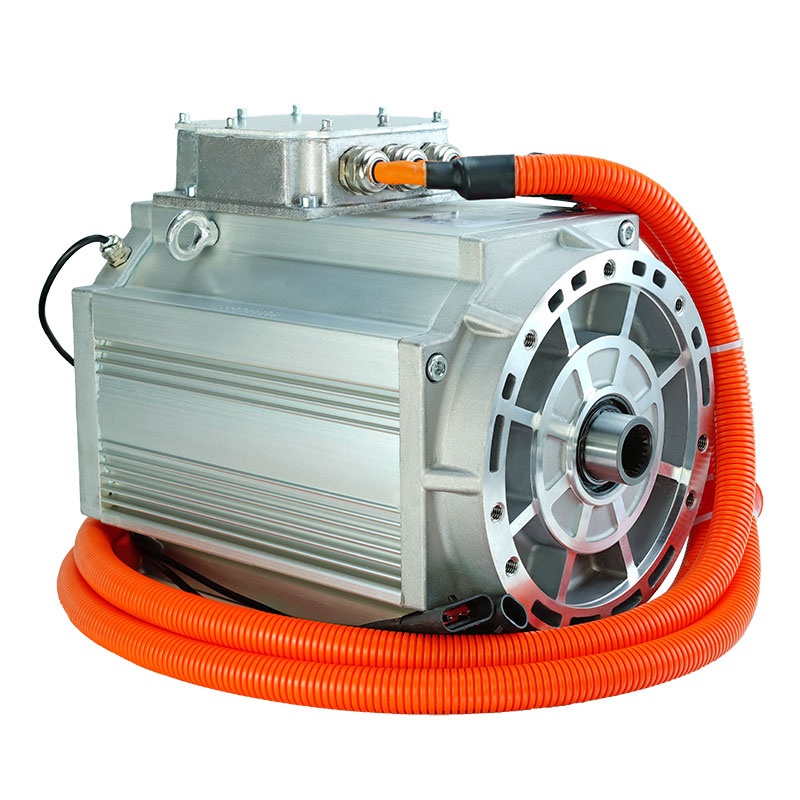
In previous articles, we have also communicated with you that the synchronous motor can only have synchronous torque when the stator and rotor rotate at synchronous speeds, and the motor can work normally. However, at the moment the motor is powered on, the stator part establishes a rotating magnetic field consistent with the power frequency, and the rotor part, which was originally in a stationary state, will not start immediately due to the inertia of the object, that is, the stator magnetic field and the rotor magnetic field are in an asynchronous state, that is, the two are in a state of loss of step, there is no starting torque, and the motor has no way to rotate, that is, the synchronous motor cannot start by itself.
In view of this, there is a new question: how to start the synchronous motor? From a theoretical analysis, there are auxiliary motor starting method, frequency adjustment starting method and asynchronous starting method.
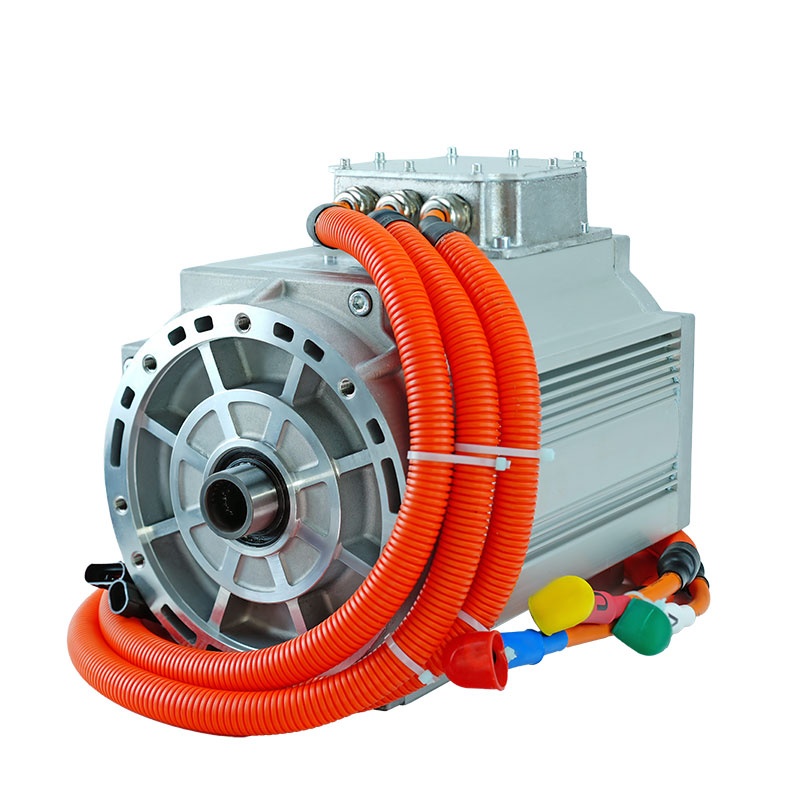
The auxiliary motor is started by using an asynchronous motor of the same pole number and with appropriate capacity. When the motor speed approaches the synchronous speed, the asynchronous motor is powered off and disconnected, and the synchronous motor is powered on at the same time. However, the operability is not strong.
Frequency modulation starting is to adjust the frequency of the input power supply to a very low level through the adjustment of the power supply frequency. As long as the rotor is excited, it can start smoothly. Then the power supply frequency is gradually increased, and the stator and rotor can reach a synchronous state until the motor reaches the rated operating state. The current frequency conversion technology is relatively in place, so the frequency conversion starting of synchronous motors is also relatively easy.
Another way to start is to install a starting winding similar to that of an asynchronous motor on the rotor of the motor, which can also achieve the purpose of starting. This is what we call the asynchronous starting method of synchronous motors. However, it is particularly emphasized here that when using the asynchronous method to start a synchronous motor, the excitation winding of the motor must be short-circuited through a resistor.



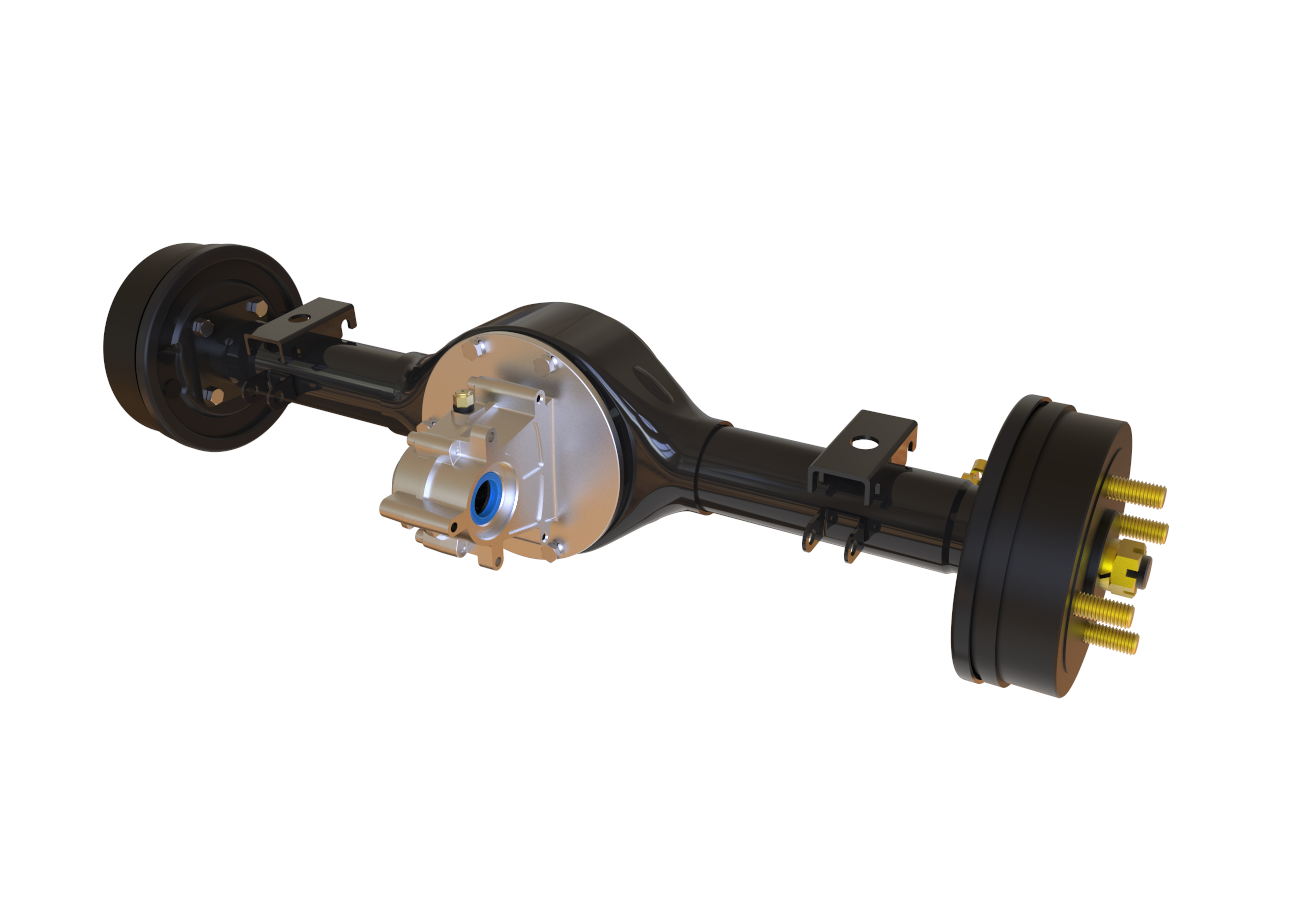
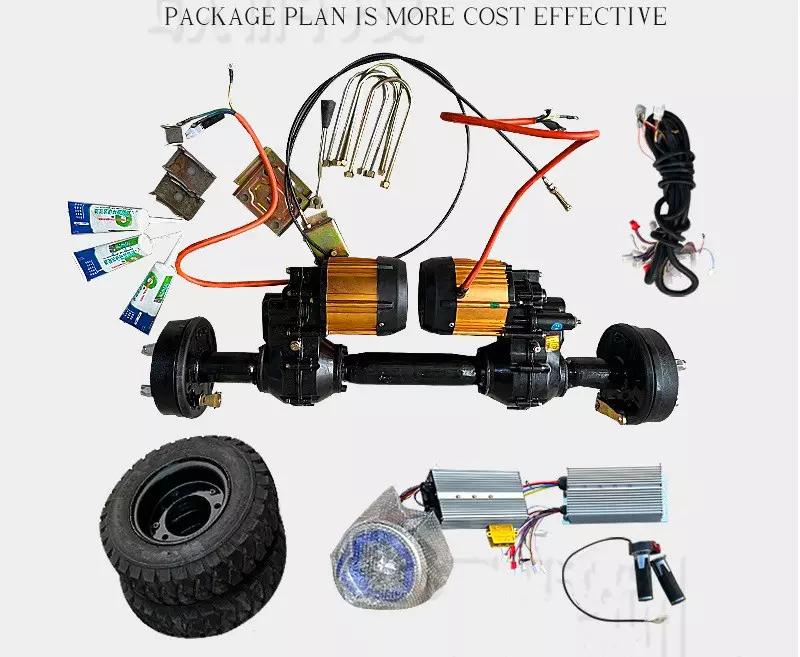

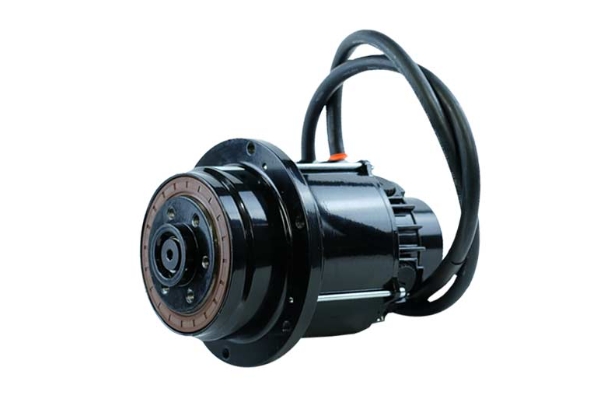

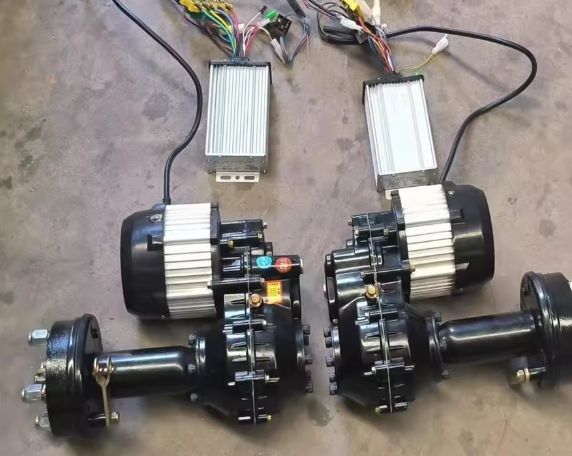
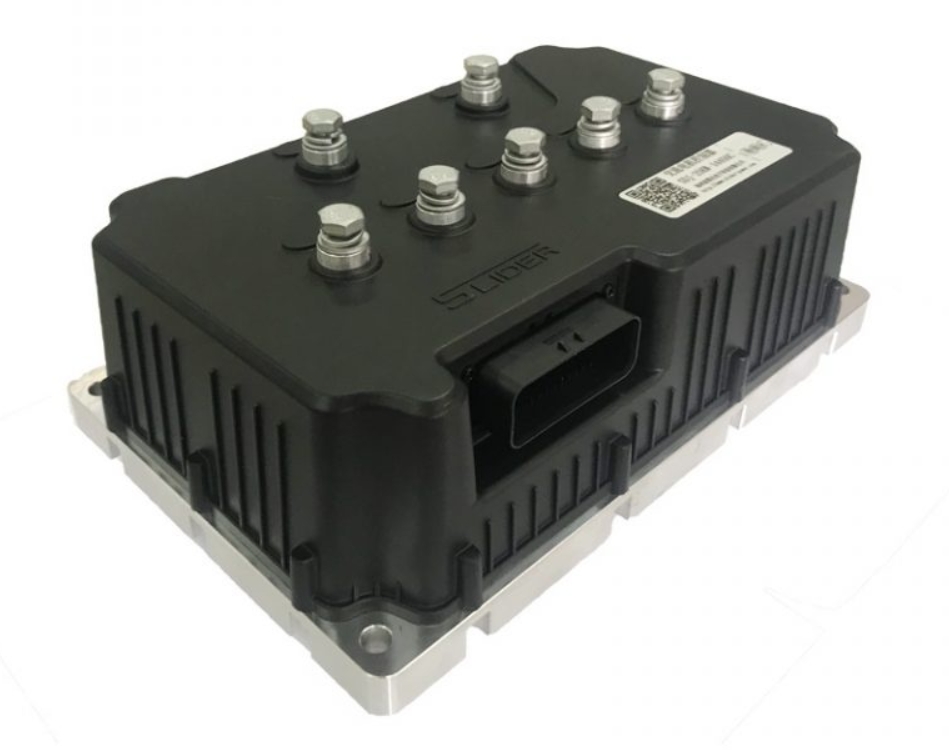

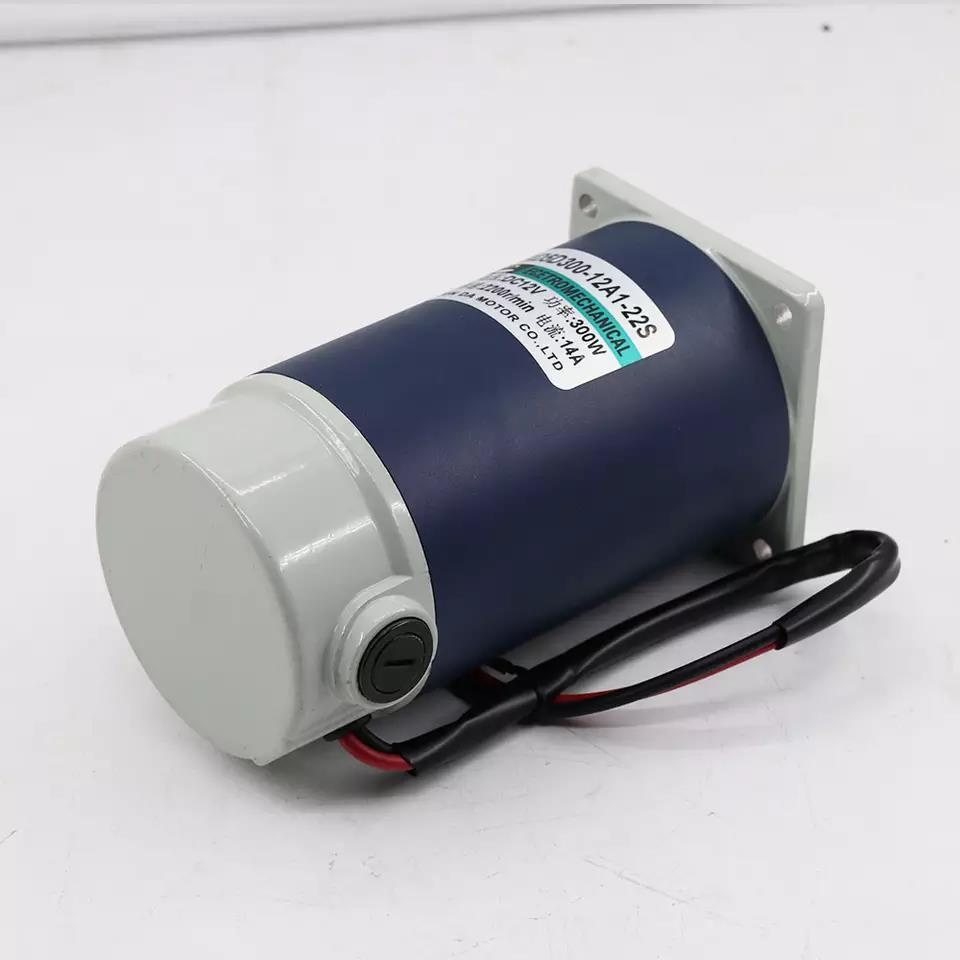
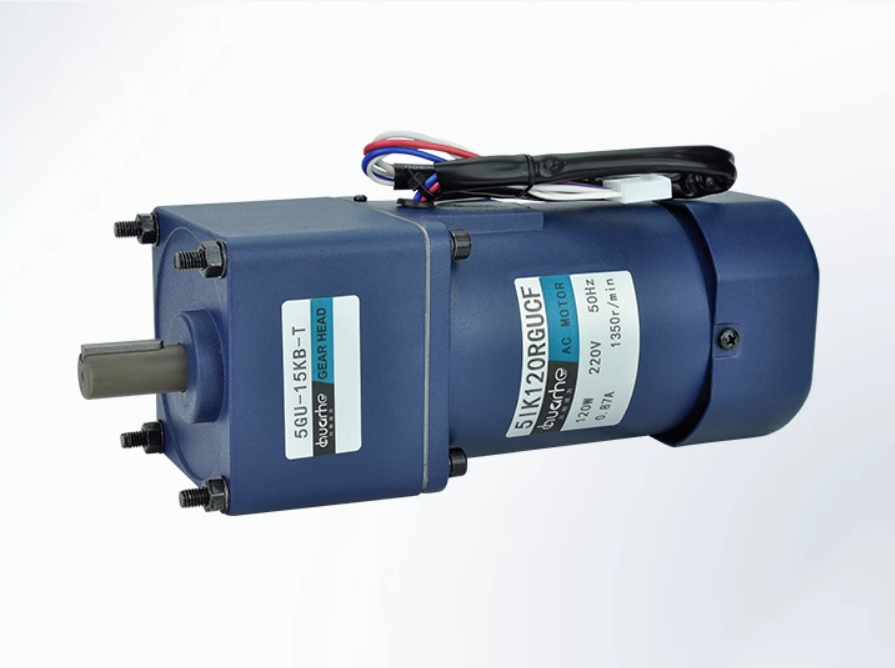
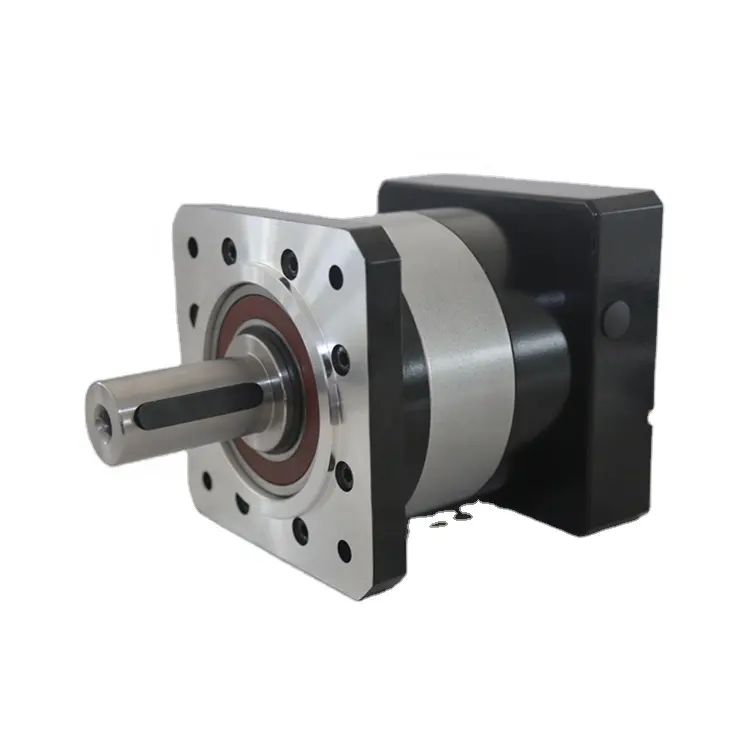
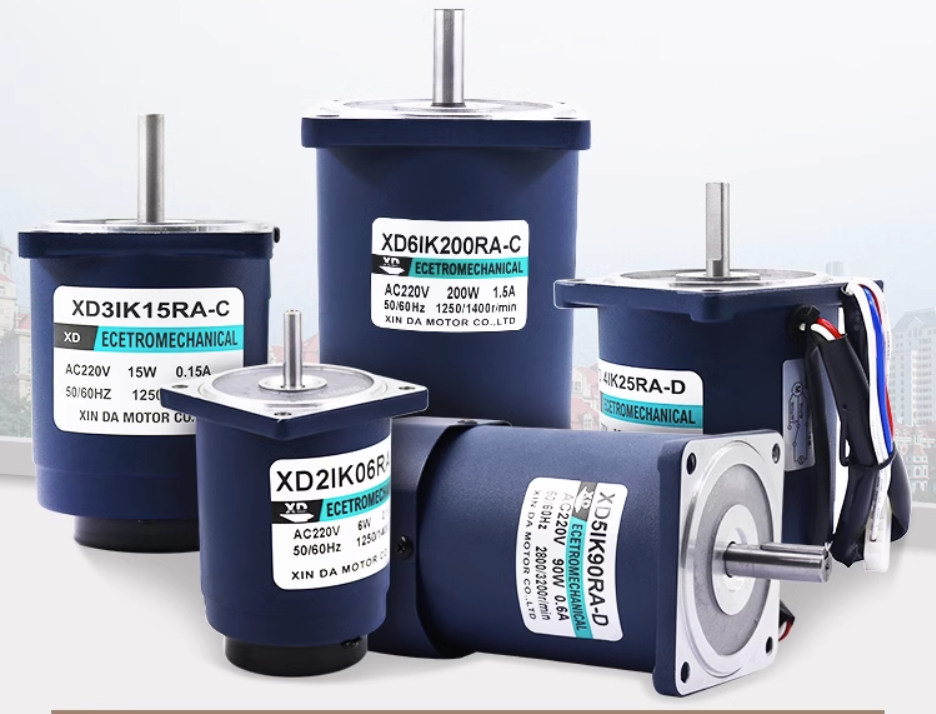


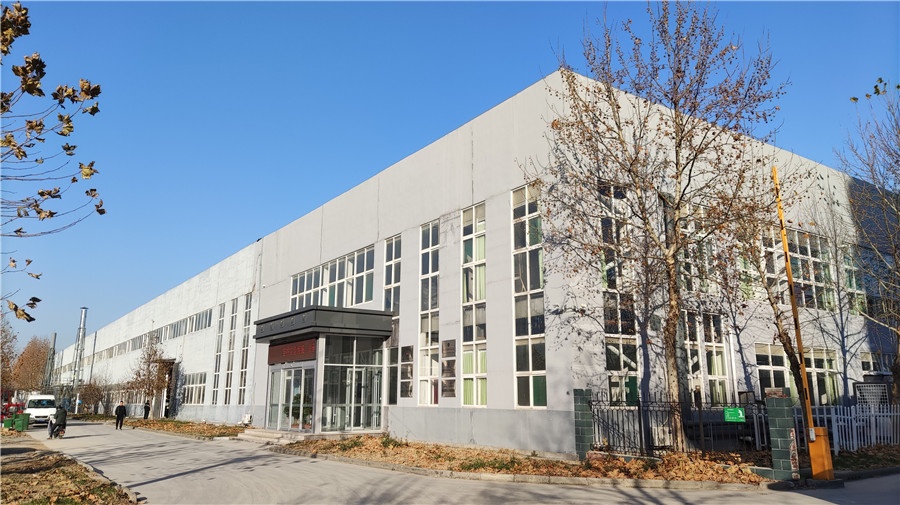
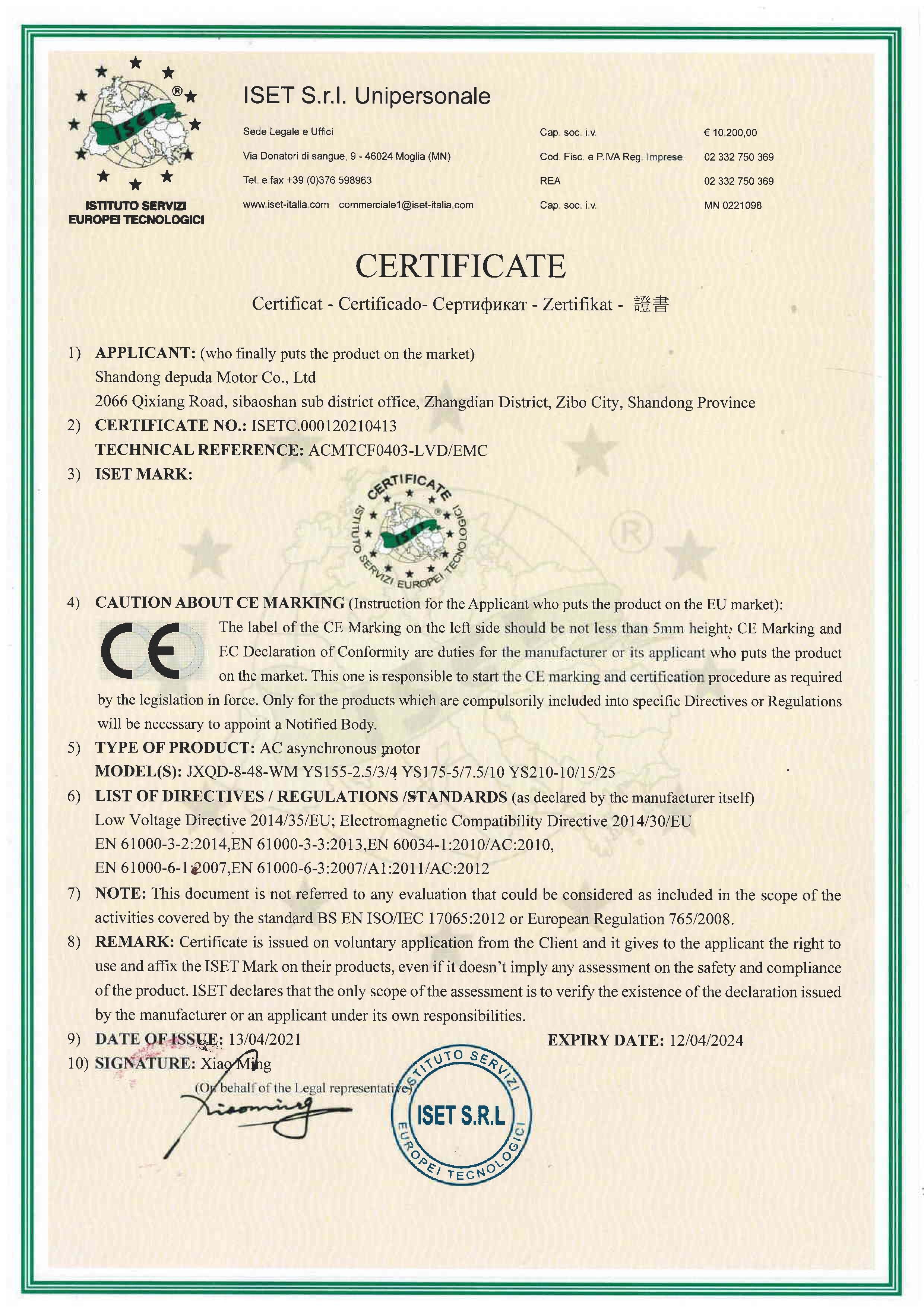
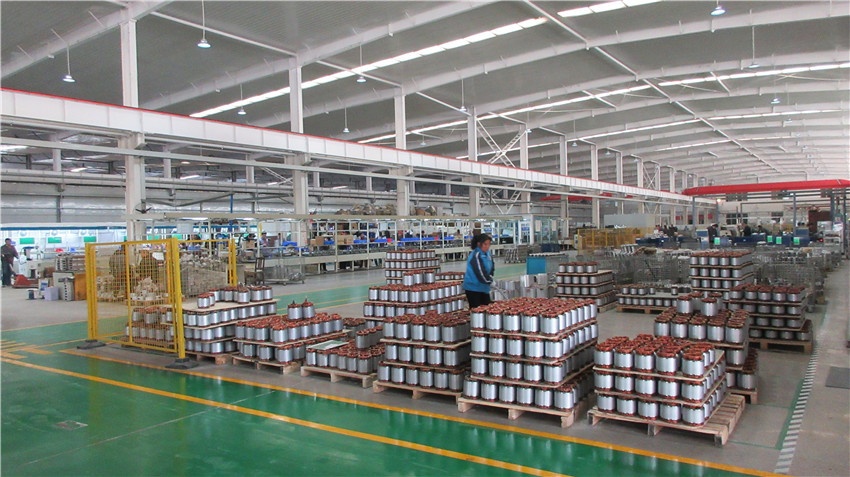
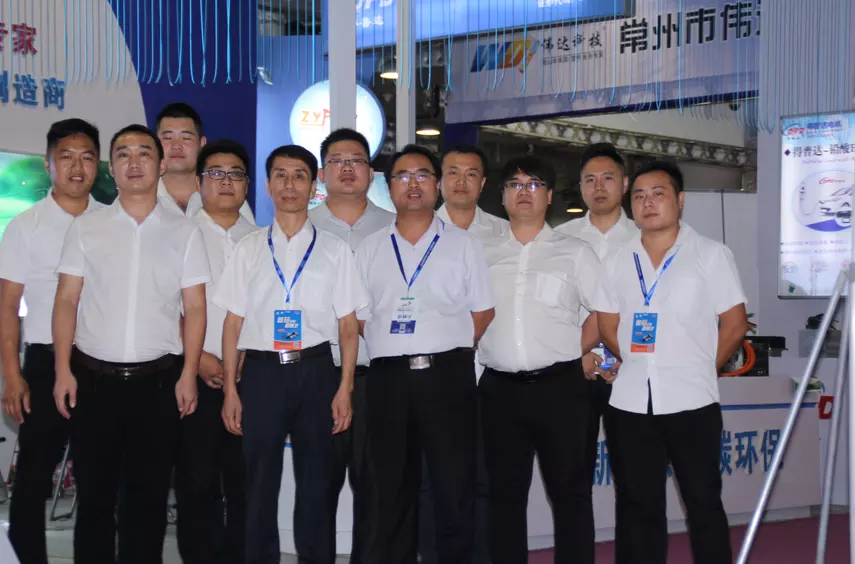


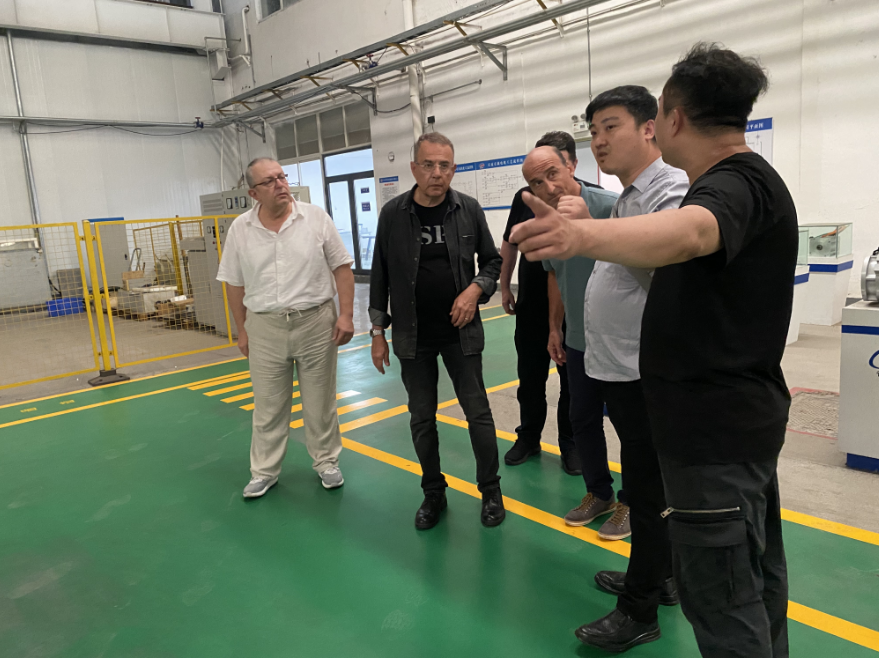



 XINDA
XINDA